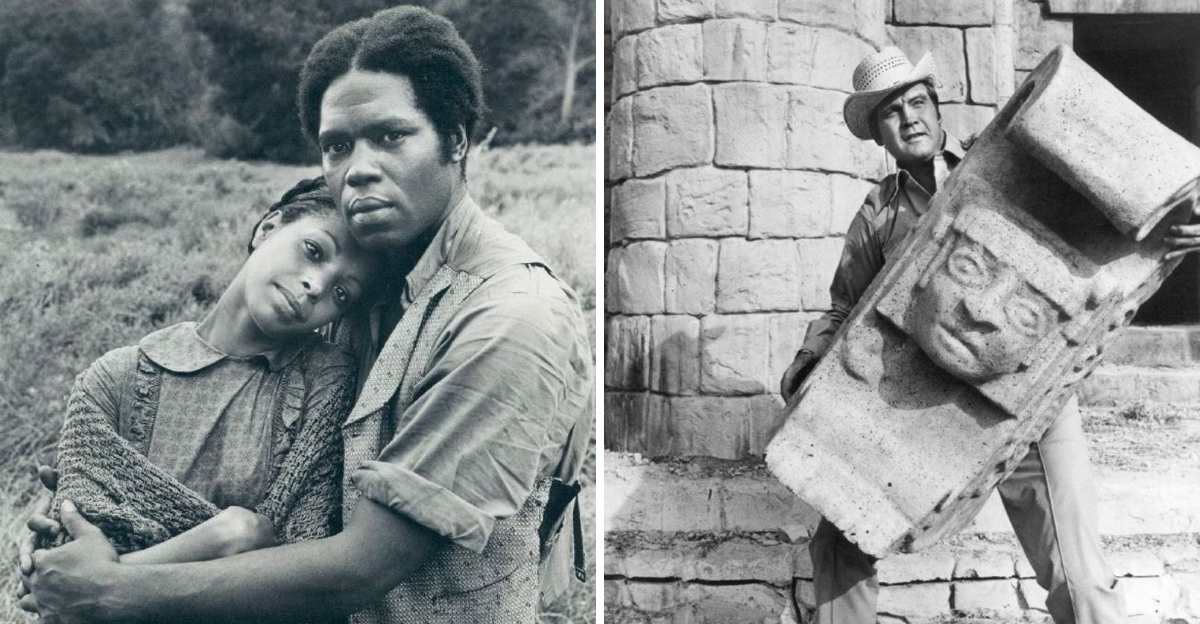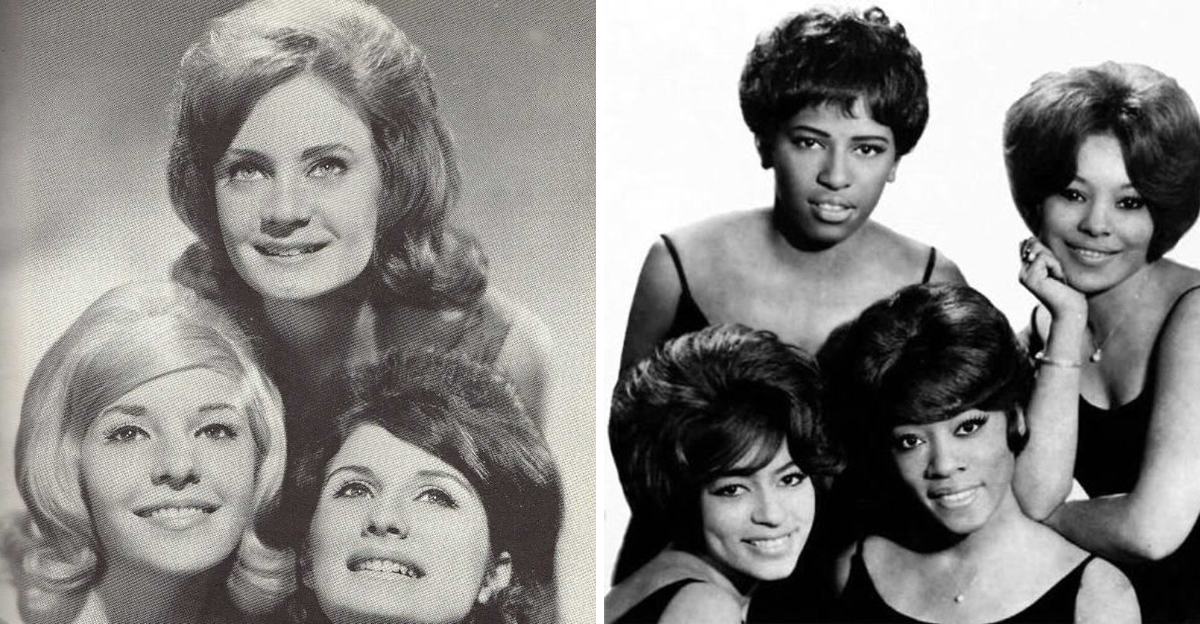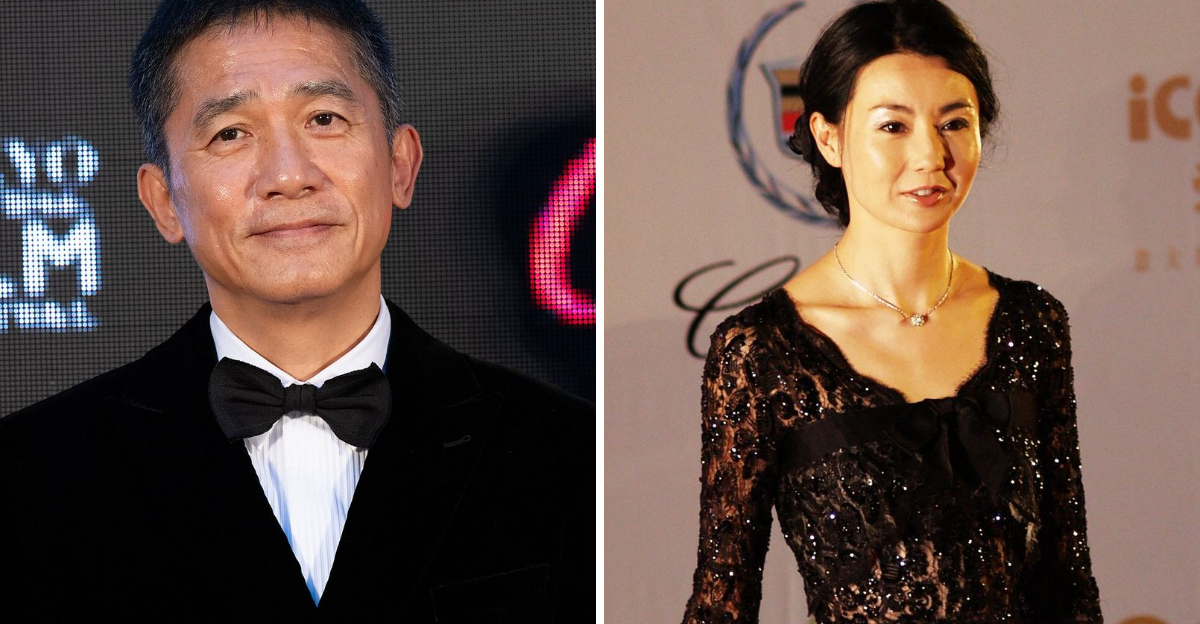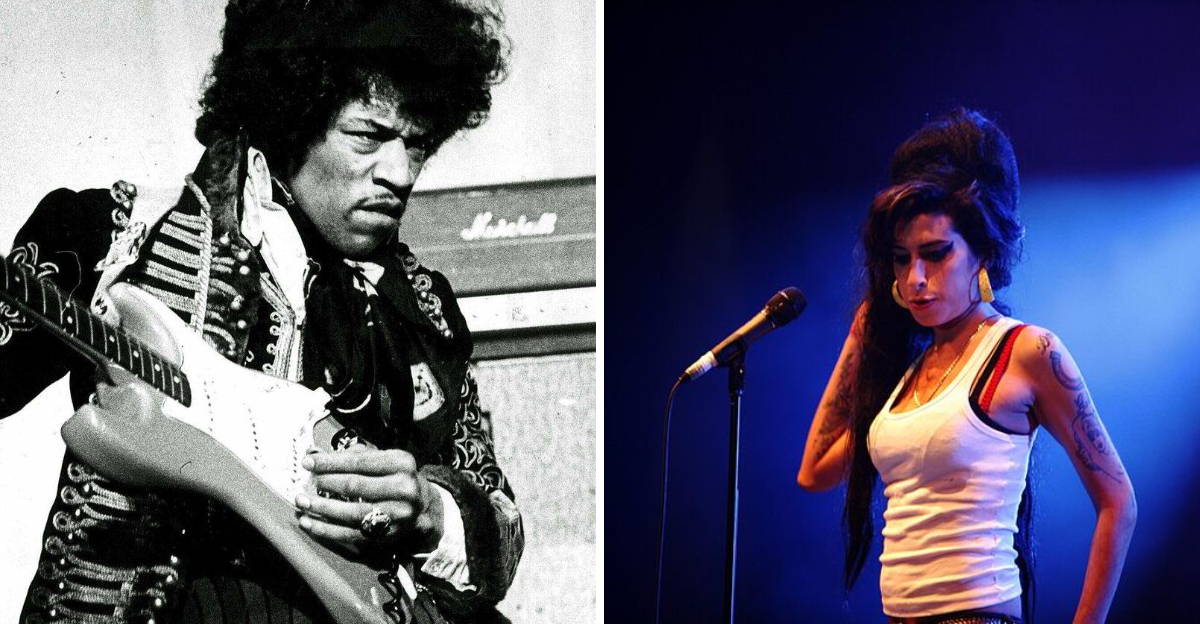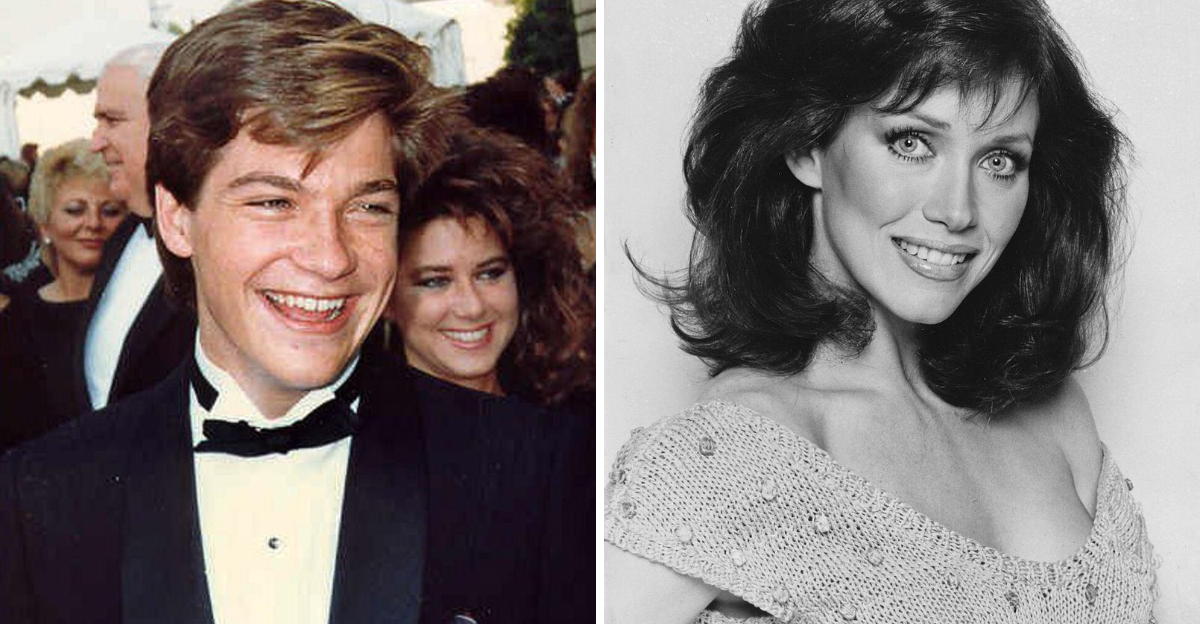13 Subtle Messages And Symbols In Classic Sitcoms
Sitcoms once ruled the screen, filling homes with laughter that carried deeper truths beneath the jokes. Living rooms buzzed with the aroma of dinner and the glow of black-and-white screens as families gathered to laugh and learn.
Beneath slapstick chaos hid lessons about love, fairness, and finding joy in ordinary days. Clever dialogue, heartfelt moments, and unforgettable characters reflected the hopes and humor of a changing America.
Those stories didn’t just entertain – they helped shape empathy, challenge norms, and remind viewers that laughter often hides life’s most honest reflections.
1. I Love Lucy – Ambition, Marriage, And Immigrant Hustle Wrapped In Slapstick
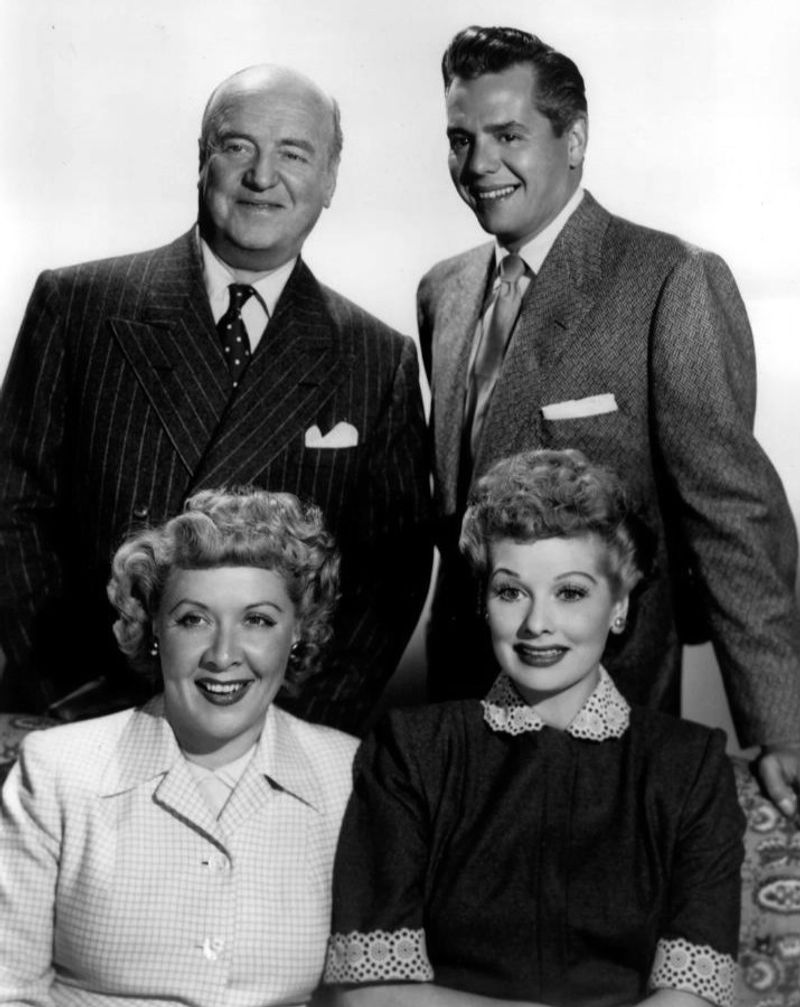
Lucy Ricardo wasn’t content baking bread at home while Ricky crooned at the club. Every episode became a mini-rebellion against the housewife mold, with Lucy sneaking into showbiz through chocolate factories and grape-stomping chaos.
Ricky’s Cuban accent and bandleader hustle showed immigrant success without erasing heritage. Their marriage survived misunderstandings because love, laughter, and a willingness to forgive won every time, making them TV’s first truly modern couple.
2. The Honeymooners – Working-Class Dignity And Dreams Inside A Tiny Apartment
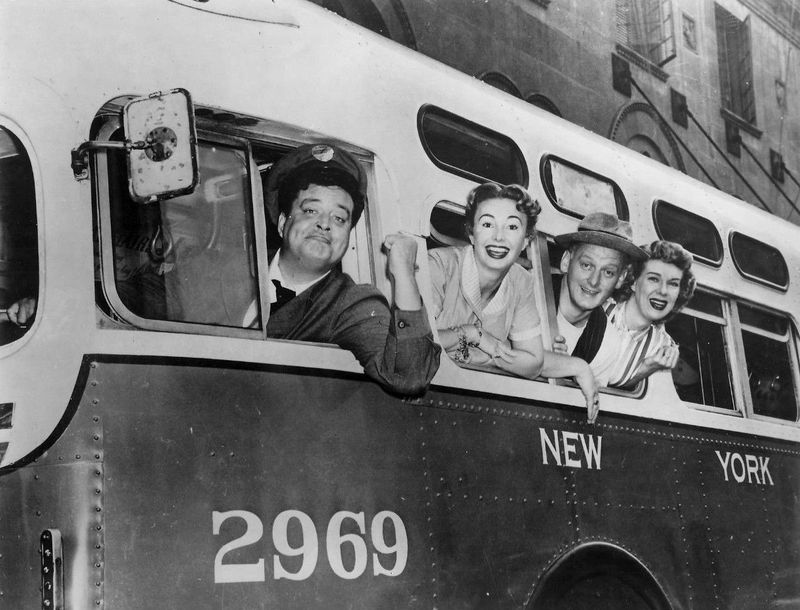
Ralph Kramden drove a bus and dreamed big, but his schemes always crashed harder than a bowling ball on linoleum. Yet the show never mocked his ambition, only his ego.
Alice kept Ralph grounded with sharp one-liners and unwavering loyalty. Their cramped Bensonhurst kitchen became a stage for class struggle, proving you didn’t need wealth to have dignity, just honesty and a best friend like Norton next door.
3. The Dick Van Dyke Show – Modern Media Work Life Vs. Suburban Family Rhythms
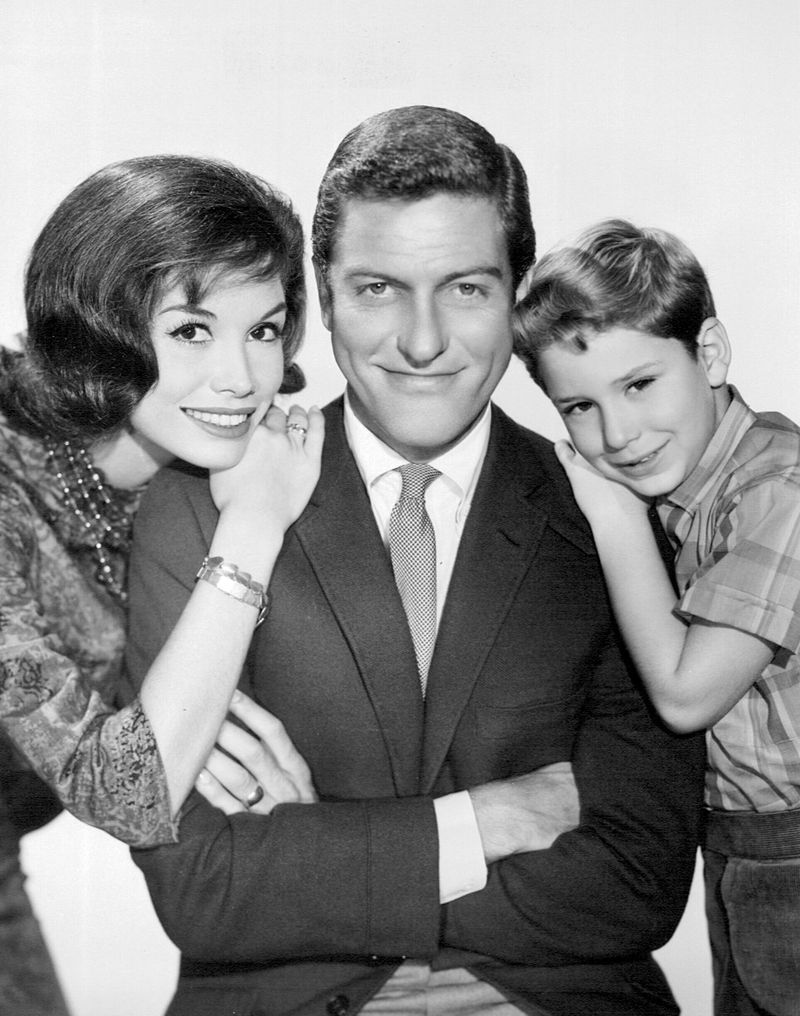
Rob Petrie wrote comedy for TV while Laura managed their picture-perfect New Rochelle home, but the show never pretended either job was easy. Episodes toggled between writers’ room banter and domestic hiccups with equal respect.
Laura wore capri pants and questioned her role, subtly hinting that suburban bliss had cracks. The show celebrated creativity, teamwork, and marriage as a partnership, not a hierarchy.
4. The Mary Tyler Moore Show – Single, Career-Driven Independence As A New Norm
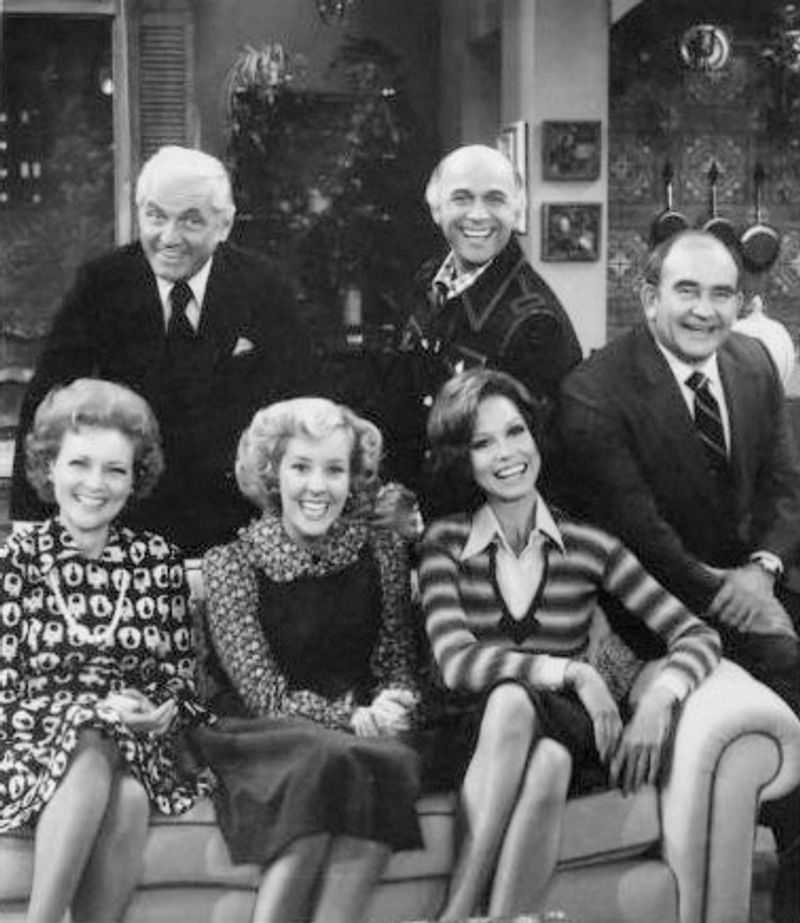
Mary Richards walked into that Minneapolis newsroom single, thirty-something, and unapologetic. She didn’t need a husband to validate her existence or a laugh track to justify her choices.
Her friendships with Rhoda and Phyllis mattered as much as any romance. The show whispered a revolution: women could thrive professionally, live independently, and still throw legendary dinner parties without a ring on their finger.
5. All In The Family – A Living-Room Battleground For Prejudice, Class, And Change
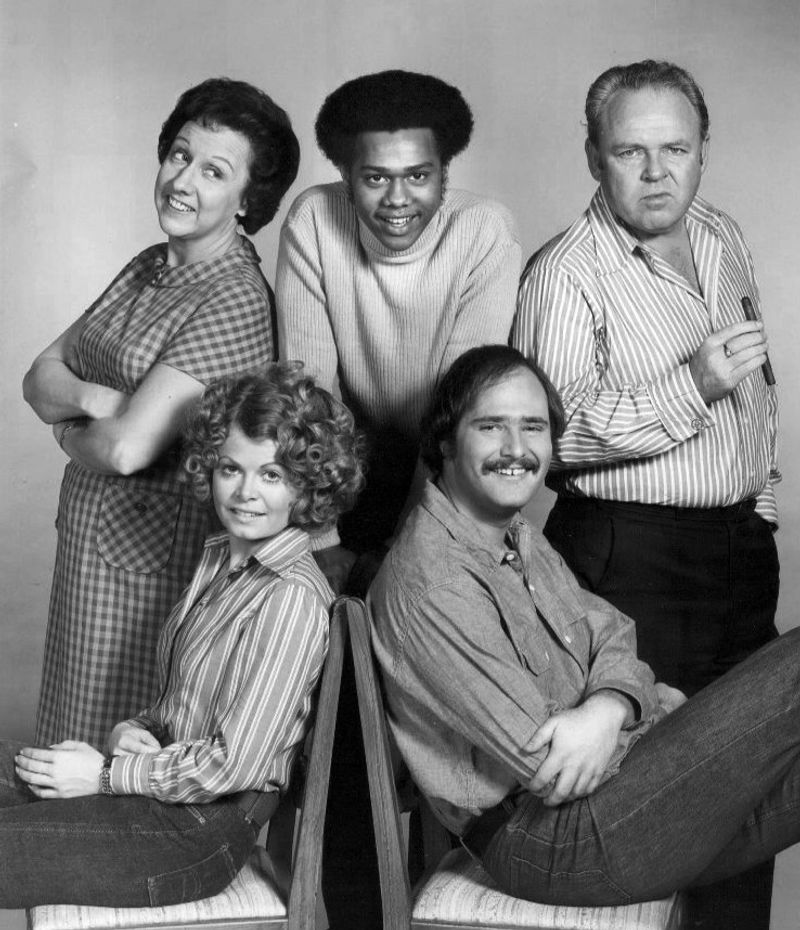
Archie Bunker spewed bigotry from his worn-out armchair, but the genius was letting him lose every argument. His son-in-law Mike challenged racism, sexism, and ignorance with passion, turning dinnertime into a cultural reckoning.
Edith’s kindness cut through Archie’s bluster like butter through hot toast. The show didn’t preach; it exposed prejudice by letting characters clash, grow, and occasionally hug it out.
6. Good Times – Family Resilience And Pride Amid Systemic Hardship
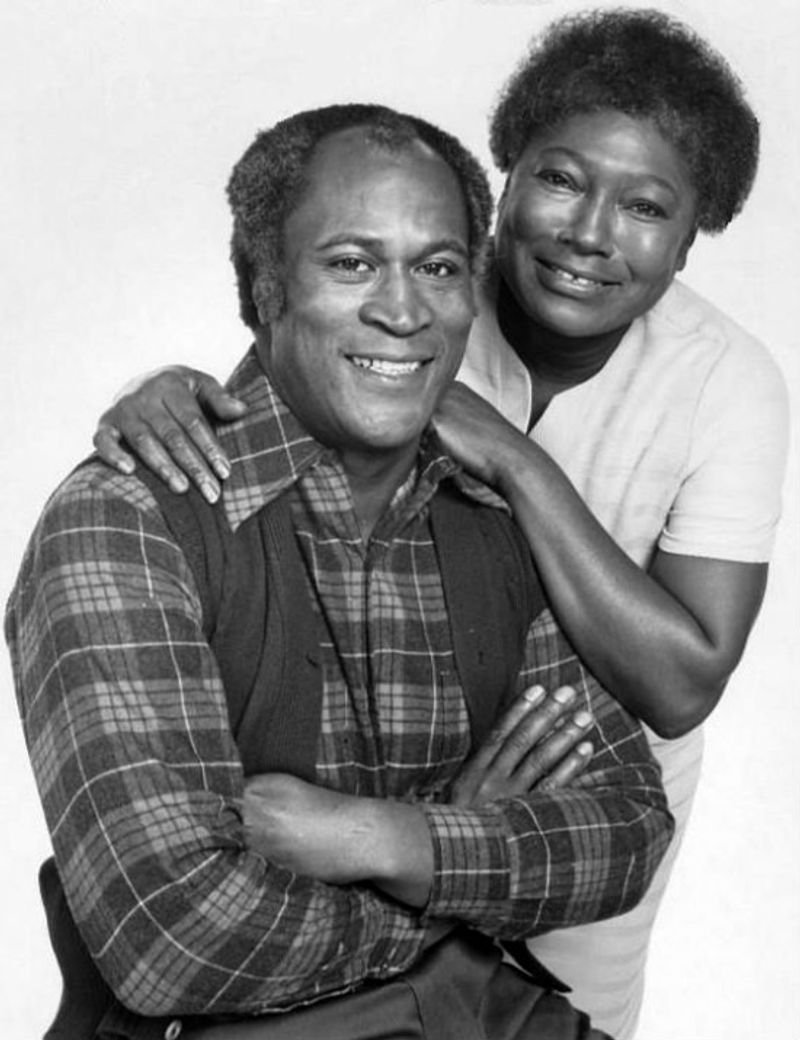
James and Florida Evans fought poverty with dignity, humor, and unshakable love. Their Chicago projects apartment became a fortress of family values, where struggle never erased pride.
J.J.’s paintings and one-liners provided comic relief, but the show tackled unemployment, systemic racism, and survival with raw honesty. Good Times proved that resilience isn’t about escaping hardship but standing tall through it, together.
7. The Jeffersons – Black Upward Mobility, Movin’ On Up To A New American Dream
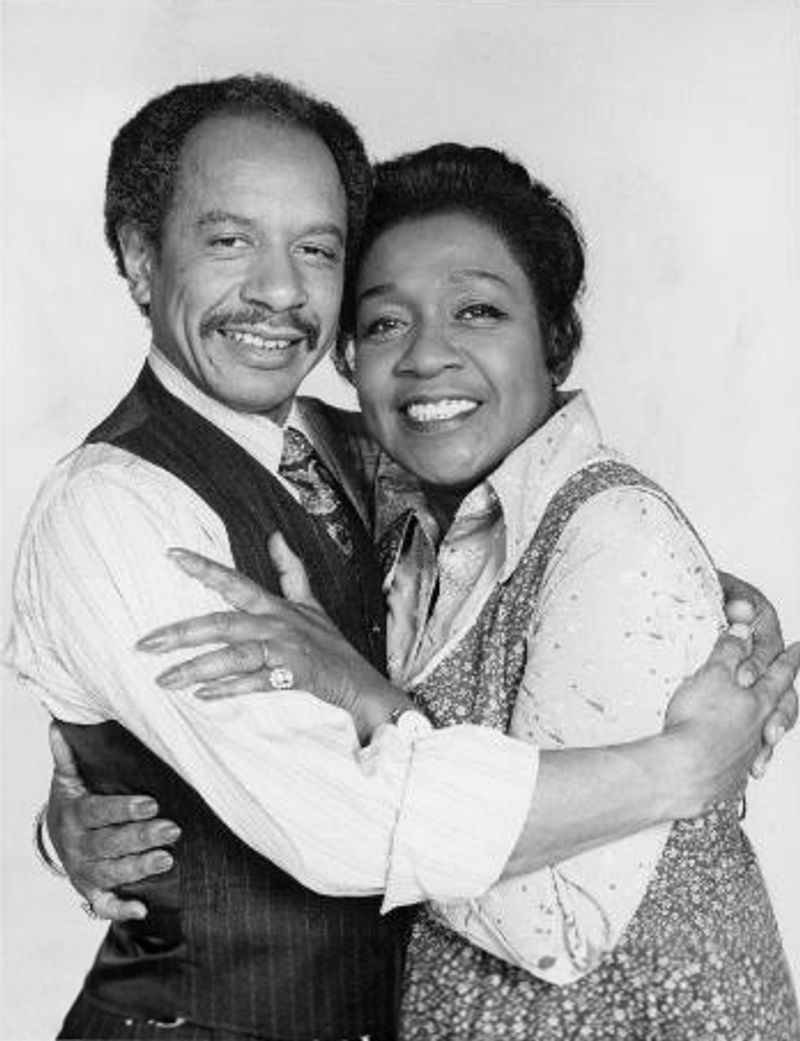
George Jefferson built a dry-cleaning empire and snagged a deluxe apartment in the sky, proving Black entrepreneurship could crack the glass ceiling. His swagger was loud, but Louise’s grace balanced every boast.
The show flipped stereotypes, showing affluent Black families navigating wealth, interracial friendships, and identity. George’s swagger masked insecurity, reminding viewers that success doesn’t erase struggle, it just changes the scenery.
8. The Brady Bunch – Blended-Family Harmony As Cultural Wish-Fulfillment
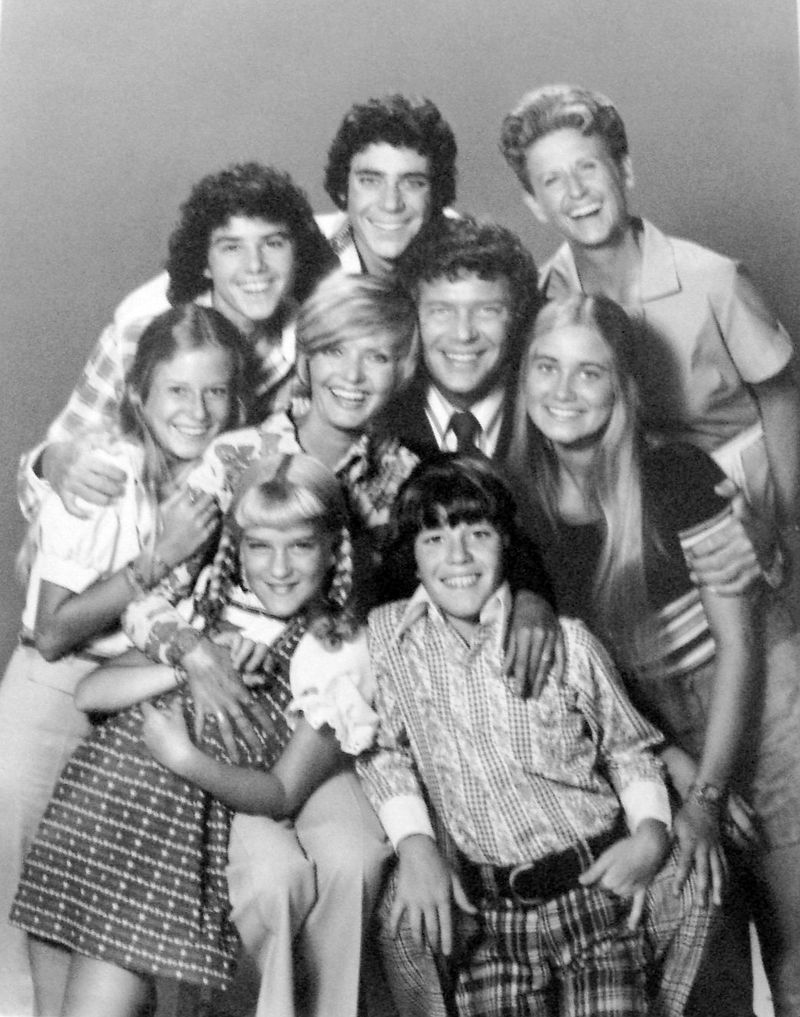
Mike and Carol Brady merged two families with zero drama, which was pure fantasy but comforting as warm milk. Their split-level home became a pastel-colored utopia where problems dissolved in twenty-two minutes.
Blended families were messy in real life, but the Bradys offered hope that love could unite stepkids, exes, and even a wisecracking housekeeper. Sometimes fantasy is the message we need most.
9. Gilligan’s Island – Class Stereotypes Marooned Together, Forced Into Cooperation
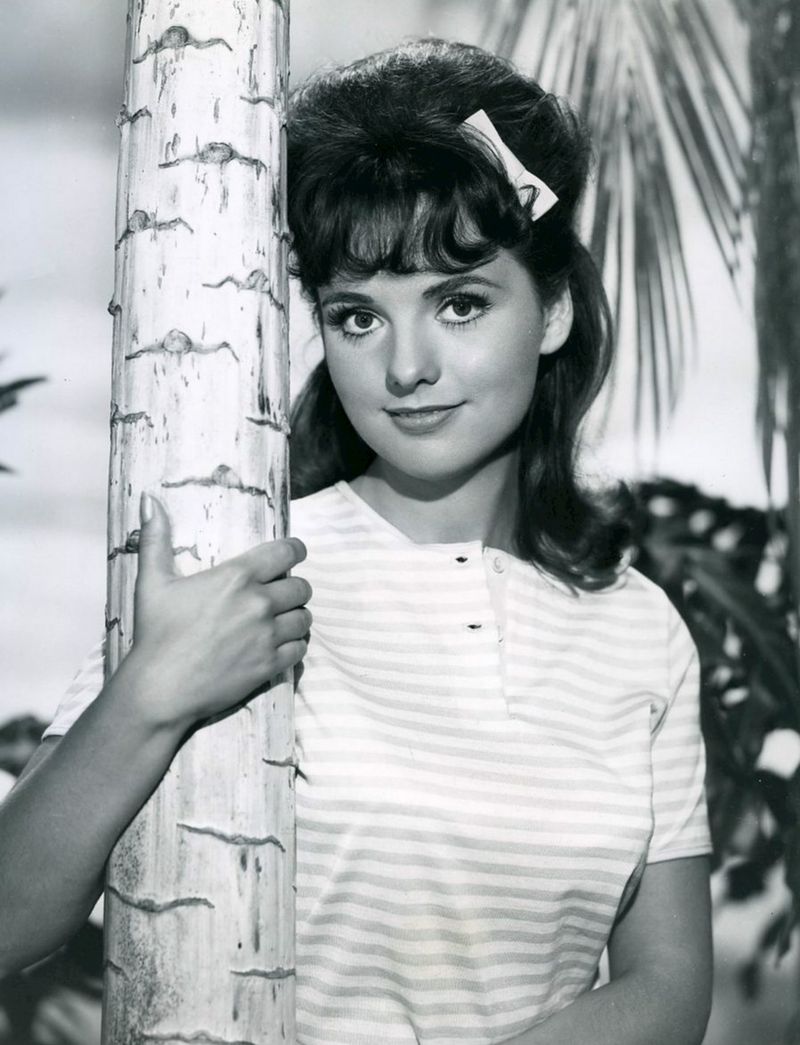
Stranded castaways included a millionaire, a movie star, a farm girl, and a bumbling first mate, yet survival required teamwork across class lines. The Professor’s coconut radios couldn’t fix social divides, but shared struggles could.
Every rescue attempt failed hilariously, suggesting paradise wasn’t about escape but learning to live with people wildly different from yourself. The island was America in miniature.
10. The Munsters – Monsters As The Most Wholesome Neighbors: Embrace The Outsider
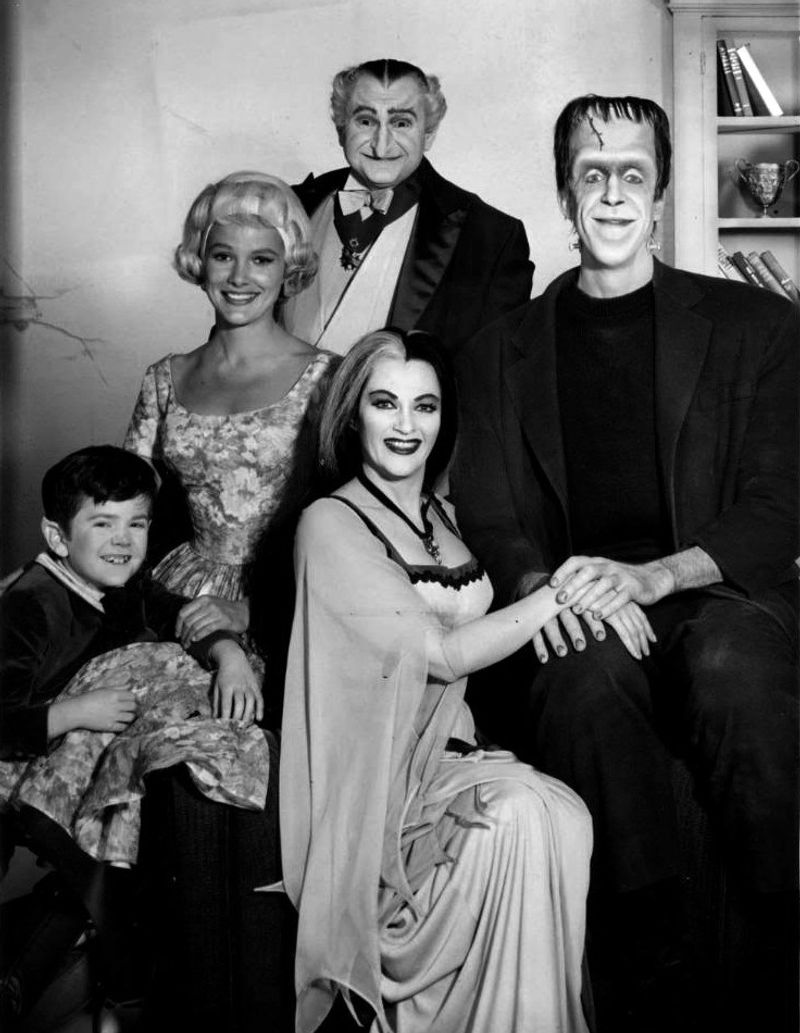
Herman Munster had bolts in his neck and a heart of pure gold. His family looked like Halloween come to life but acted more wholesome than any suburban clan on the block.
The joke flipped constantly: the Munsters thought they were normal while everyone else was strange. The show championed outsiders, proving kindness matters more than appearances, and weirdness is just misunderstood charm.
11. The Monkees – Manufactured Pop Group Winking At Youth Culture And Authenticity
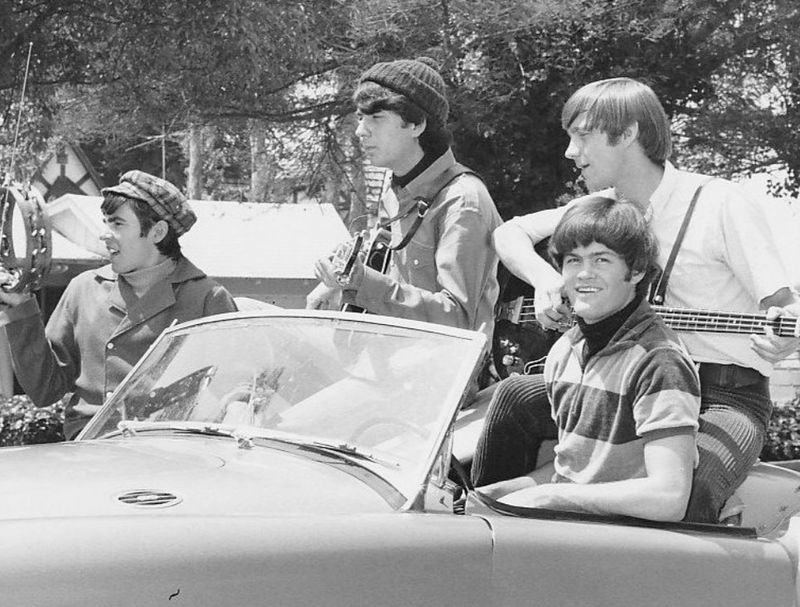
Four guys cast to play a band eventually became a real band, blurring fiction and reality like a pop-art fever dream. The show mocked its own manufactured origins while celebrating youthful rebellion and absurdist humor.
Breaking the fourth wall and goofing on TV conventions, The Monkees winked at authenticity debates. They proved that even corporate products could become genuine if the creators cared enough to evolve.
12. The Partridge Family – Family-As-Brand, Cheery Commercialization Of Home Life
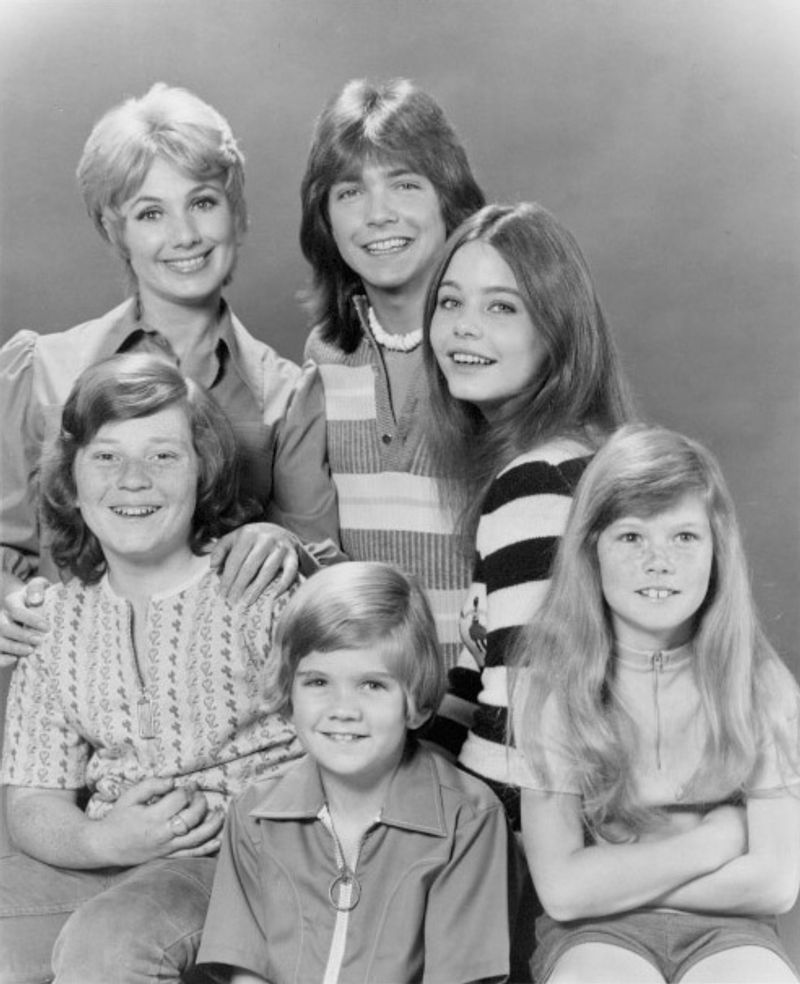
Shirley Partridge turned her kids into a touring pop act, complete with a psychedelic bus and matching outfits. The show sold wholesome family fun while quietly commodifying childhood and domesticity.
David Cassidy became a teen idol, proving the family brand worked offscreen too. The Partridges symbolized how American families could become products, packaging love and music for mass consumption with a smile.
13. MASH – Anti-War Satire: Gallows Humor As Moral Critique Of Conflict
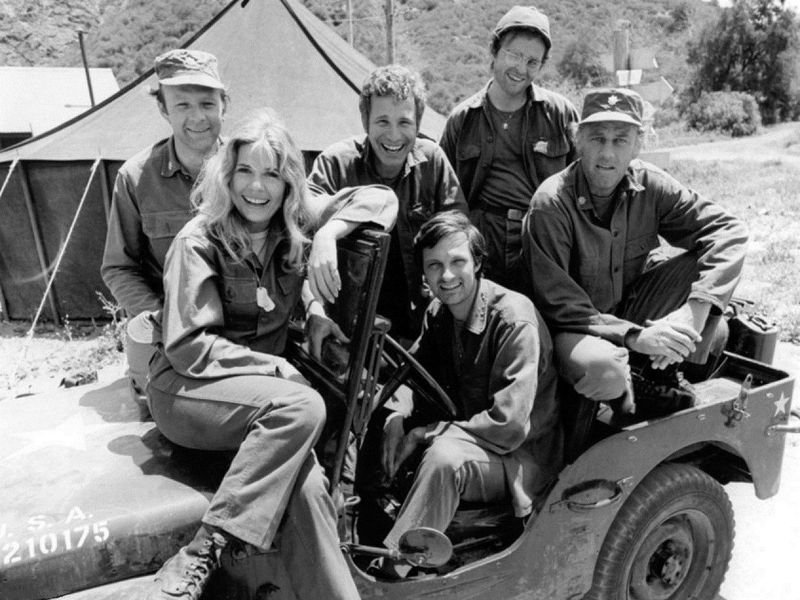
Hawkeye Pierce stitched up wounded soldiers while cracking jokes that barely masked his rage against war’s absurdity. Set in Korea but aimed at Vietnam, MASH used laughter as a scalpel to cut through propaganda.
The show balanced slapstick with tragedy, reminding viewers that war destroys even those who survive. Gallows humor became a survival tool and a moral statement against senseless violence.

